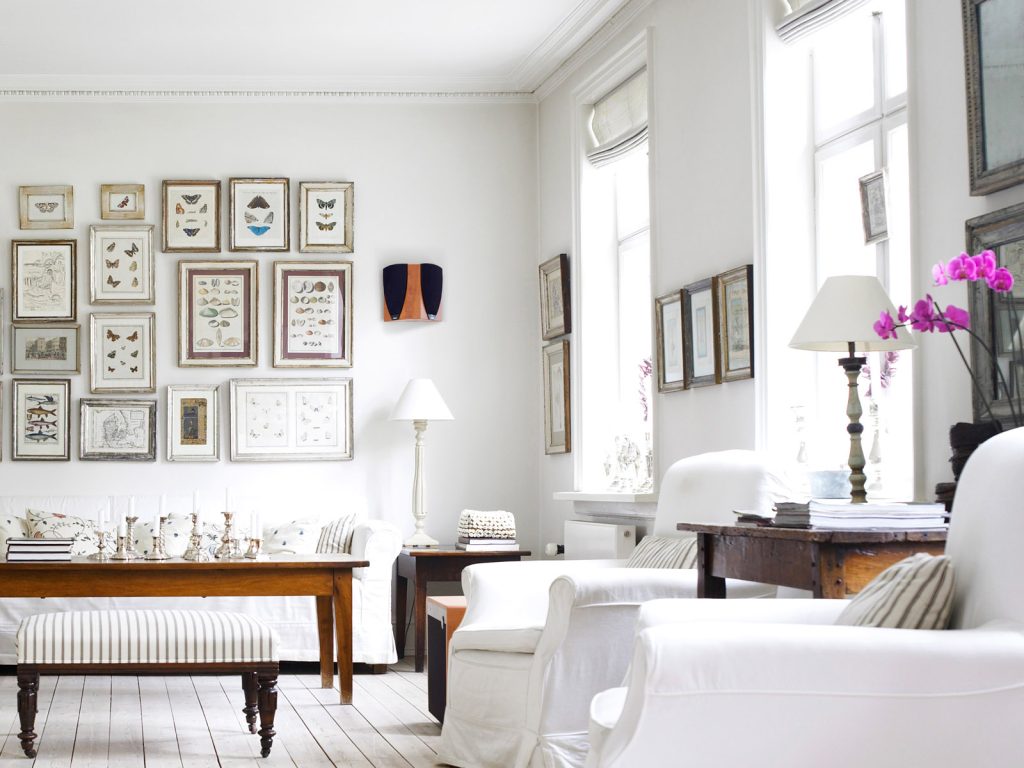
Interior design is the art and science of enhancing the interior of a space to achieve a desirable aesthetic and functional outcome. Imagine transforming a bland, uninspiring room into a welcoming, personalized sanctuary reflecting your personality and lifestyle. From choosing the right color palette to arranging furniture strategically, interior design goes beyond mere aesthetics; it focuses on optimizing the space’s functionality and creating a harmonious ambiance. Many homeowners face challenges in creating their desired interior design vision. This guide explores core principles to help homeowners create and design beautiful and functional interiors. We’ll delve into essential elements like color palettes, lighting, furniture selection, and space planning to unlock your design potential. The structure of this guide will cover essential elements of interior design, and their effective applications to real-world scenarios.
Understanding the Fundamentals of Interior Design
Defining Interior Design
Interior design encompasses a thorough approach to transforming interior spaces. It goes beyond mere aesthetics to create environments that are both visually appealing and optimally functional. A crucial facet is to consider the needs and lifestyle of the occupants. Interior design aims to enhance the user experience through carefully considered elements like lighting, color schemes, and furniture arscopements. This includes understanding how varied elements of a space interact with each other and how to maximize its potential. A achievementful interior design project reflects the client’s vision and creates a space that aligns with their lifestyle.
Choosing the Right Color Palette
Understanding Color Psychology
Color psychology plays a significant function in interior design. varied colors evoke various emotions and moods. Warm colors, such as reds, oscopes, and yellows, often create feelings of energy and excitement, while cooler colors, like blues, greens, and purples, often induce feelings of calm and serenity. Consider your desired atmosphere and how colors contribute to this ambiance. Carefully selecting a color palette that harmonizes with your overall design vision is essential to creating a space that truly resonates with you.
The Power of Lighting Design
Lighting for Mood and functionality
Effective lighting design can significantly impact the ambiance of a space. Natural light should be maximized whenever possible. Strategic placement of artificial lighting sources can enhance functionality and create mood. Task lighting, such as desk lamps, can improve workspaces. Accent lighting highlights specific architectural attributes, whereas ambient lighting illuminates the overall space. Integrating various lighting sources creates a layered effect, promoting a sense of depth and dimension.
Furniture selection and Space Planning
Optimizing Space Arscopement
Furniture selection is a critical facet of interior design. The scale, style, and color of furniture should complement the overall design aesthetic and enhance the functionality of the space. Proper space planning is crucial to maximize comfort and usability. Consider the flow of traffic within a space. Furniture arscopements should allow for easy movement and interaction while providing designated zones for varied activities. The integration of storage solutions can enhance the organization of a space and maintain a neat appearance.
Related Post : How To Start Interior Design
Creating a Cohesive Design
Harmonizing Elements
Creating a cohesive design is crucial to achieve a visually appealing and harmonious interior space. Using cohesive color schemes and consistent styles in textiles, artwork, and accessories helps tie the design elements together. This creates a visually pleasing and well-balanced space. The careful selection and arscopement of decorative items can further enhance the interior design and establish the aesthetic theme.
Frequently Asked querys
What are some key considerations for choosing a color palette for a room?
Choosing the perfect color palette for a room requires considering the mood you wish to evoke. Warm colors can add energy and vibrancy, while cooler colors tend to create a calm and soothing atmosphere. Think about how natural light interacts with the colors and how the chosen colors will affect the overall ambiance. Consider your lifestyle and personal preferences. Understanding color psychology can be a great tool for choosing the right colors for the space.
How can I maximize natural light in my home for better interior design?
Maximizing natural light involves strategic placement of windows, mirrors, and light-colored surfaces to bounce light around the room. Consider installing sheer curtains or blinds that allow light to filter in while maintaining privacy. This is especially useful in rooms with less natural light and can reduce the need for additional lighting. Strategic use of mirrors strategically placed can help reflect light throughout the room. Natural light is crucial in interior design for aesthetic and energy reasons.
In conclusion, mastering interior design principles empowers homeowners to create spaces that are both aesthetically pleasing and functionally efficient. By understanding the interplay of color, lighting, and layout, individuals can craft environments that reflect their personality and enhance their well-being. For those seeking to delve deeper into interior design, we encourage further exploration through online resources, workshops, and design consultations. Ready to elevate your living space? Explore our interior design services today!